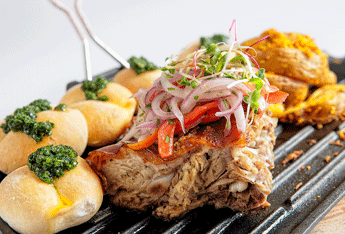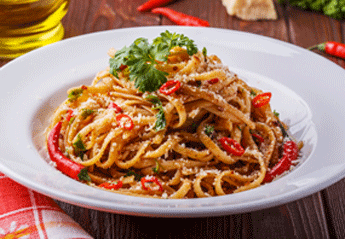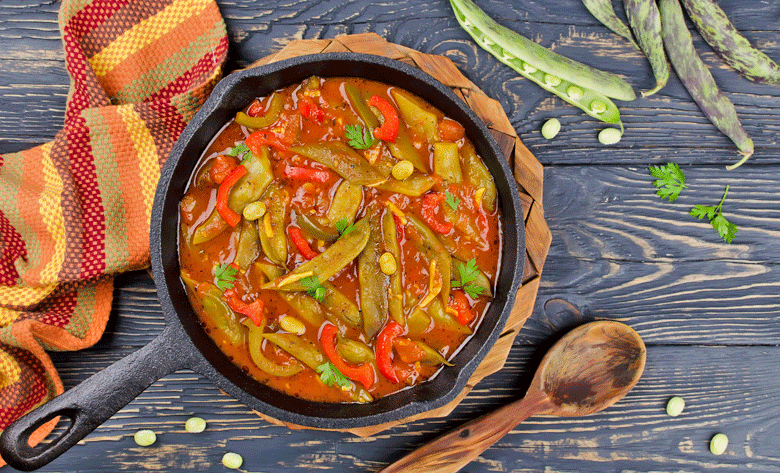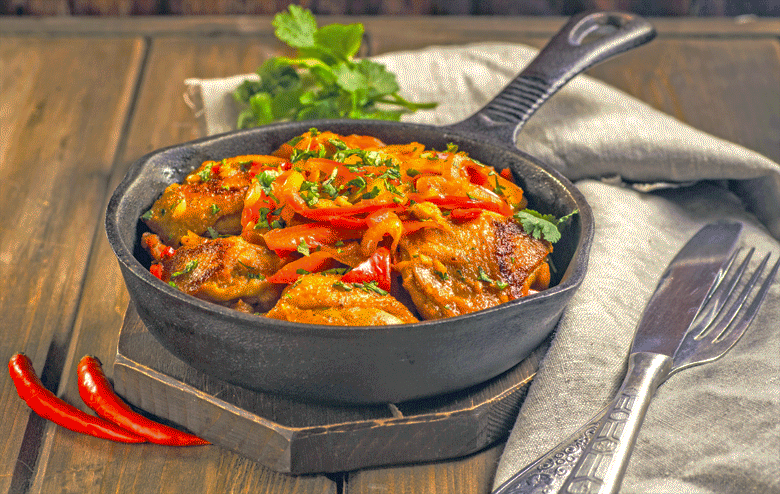
A selection of spicy dinner dishes with Chillies. Explore dishes from around the world that are easy to make, yet will impress your family and friends. From crispy pork belly, stews & casseroles to pasta, this section contains various recipes to make your family dinner or your next dinner party a great success. Follow our section on slow cooking to give you even more chance of success
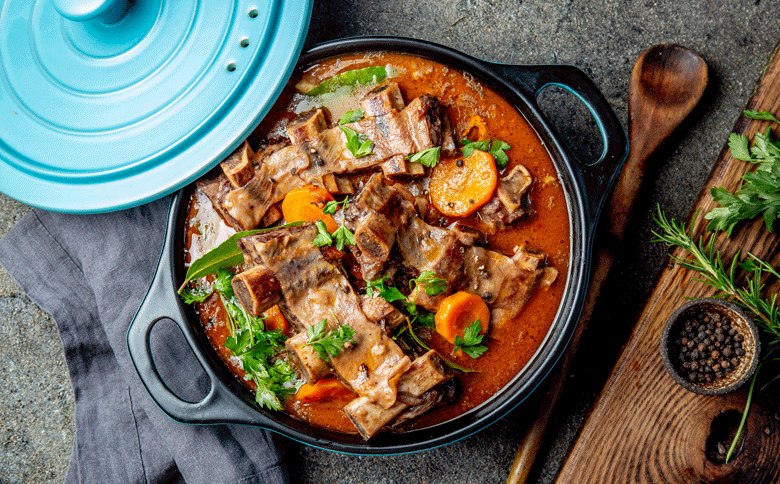
Some history
If you want a spicy dinner dish with Chillies that is tender, succulent, and full of flavour, the only way to go is long and slow. This is a cooking technique that has been used for thousands of years, and is something that is getting a recent resurgence in popularity. What's more, slow cooking bears an interesting link with the history of Chillies!
When Christopher Columbus arrived in the West Indies in the fifteenth century, he encountered the Taino people. The Tainos had travelled from South America thousands of years before and became the indigenous people of the Caribbean. It was these people who brought Chillies to this part of the world.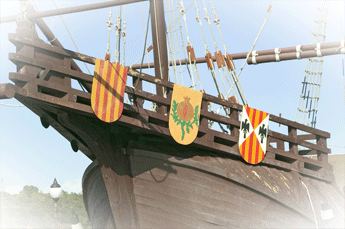
The Tainos had cultivated the Chillies they bought with them, and by the time of Christopher Columbus's arrival, they were already a well-established part of the local cuisine. As we know, Colombus was the first European to bring Back Chillies to Europe. This was the start of the popularisation of Chillies around the world
Another thing Christopher Columbus brought back with him was the concept of barbacoa. The name was based on a long and slow method that the Taino people used for cooking their tougher cuts of meat. In essence, it involved cooking meat at a low temperature with green wood in a particular structure called a barbacoa.
You can be confident (even though this is pure speculation on my part) that Chillies must have played some in this cooking method. The Taino were great fans of Chillies, and it is unthinkable that they didn't play a part.
How does this apply today?

Cooking long and slow
The name Barbacoa became something else after the name arrived in Spain. It lost the meaning of being a structure used to cook meat, and became what we know today as a barbeque.
Barbeques are now generally understood to be a method of grilling food with a live fire and smoke. Barbeques are (with one exception - see below) certainly not recognised as a specific method of making tough meat tender. 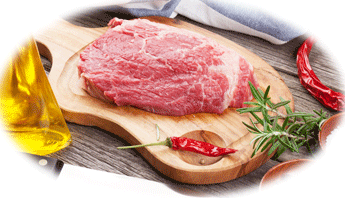
Today, other methods are used to do that. What we are talking about here is either using a slow cooker or Dutch oven to cook meat for up to ten hours (sometimes even longer) on coals, stovetops or in an oven.
During this time, tough cuts of meat with collagen rich connective tissue get transformed into something delicious. The connective tissues are broken down into rich gelatin, and fantastic flavours develop. The meat becomes fall apart tender and gets a silky, glossy appearance.
The best cuts of meat to use for slow cooking are tougher cuts, including chuck and blade from beef, lamb shanks and pork knuckle. Old laying hens or roosters should be used as stewing chickens, as they can take far more cooking. In this way, more flavour is absorbed into the meat
How are these methods used?
It requires starting early in the morning to slow cook a spicy dinner dish with Chillies. Slow cooking is excellent for cooking curries , stews like Feijoada, and spicy dishes with oxtail. It is definitely an all day cooking job, but this will be a labour of love. The results will be worth it.
So let's start slow cooking
The general method for slow cooking is the same, whether using a slow cooker or a Dutch oven, with subtle differences.
It is preferable to cut the meat into bigger chunks than normal bite size pieces, as the meat will shrink while cooking. With lamb shanks or pork knuckles, you may want to keep them whole. Similarly, you may want to cut chicken breasts into pieces and leave the legs and wings whole.
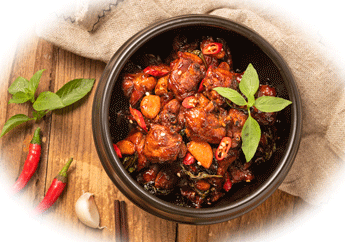 Preheat your oven to about 100 degrees Celsius (212 F) when using a Dutch oven. Start your fire if cooking over coals.
Preheat your oven to about 100 degrees Celsius (212 F) when using a Dutch oven. Start your fire if cooking over coals.
Begin by seasoning and browning the meat before beginning to slow cook. . In the case of a slow cooker, this will need to be done in a separate skillet. Marinating it before this point will increase the flavour
You may also want to partially cook your Chillies and any aromatics (e.g. onions, garlic, and carrots) you may be using, after adding a little oil. Spices also need to be added at this time, so they can cook out . This is particularly important when making curries.
Once this is done, transfer these to your slow cooker. In the case of Dutch ovens, this will not obviously apply, as all browning, cooking out etc is done in the pot itself.
Now add tomatoes (if using) and/or any liquids, like wine or stock.
Generally, slow cookers should have less liquid added than that used in a Dutch oven. Bear in mind that the meat will release moisture while it is being cooked, as will ingredients like tomatoes.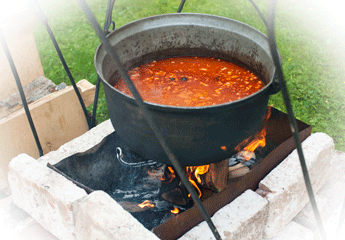
Set the cooking temperature at low for slow cookers, and about 100 degrees Celsius (212 F) for Dutch ovens. If cooking over coals, make sure they are just smouldering
In both instances, make sure the lids are on tightly.
Set the timer on the slow cooker and for the Dutch oven according to the recipe you are using. Bear in mind that slow cookers can be programmed to stop cooking when the time is up. You will need to set a timer for Dutch ovens.
It is best not to open slow cookers during the cooking process. Doing this will mean a drastic drop in temperature. Dutch ovens are more forgiving. They are however also inclined to lose moisture more rapidly. Check them every couple of hours and add more liquid if necessary.
Add grated potatoes or corn starch 35 to 45 minutes before the end of cooking to thicken your dish.
After this time has finished, you will have a spicy dinner dish with Chillies that you will be proud of. Simple cooking that yields fabulous results!
Final notes
When using a Dutch Oven, preferably use one with a heavy base. This will retain heat and prevent sticking. Some Dutch ovens, like the South African Potjie (a tripod pot), can be cooked standing directly over slow-burning coals.
In certain parts of the USA, the term barbequing is used to refer to long and slow cooking of cuts of pork or beef over charcoal pits. Normally this type of barbequing is done by a professional (pitmaster) who makes a living from barbequing.

